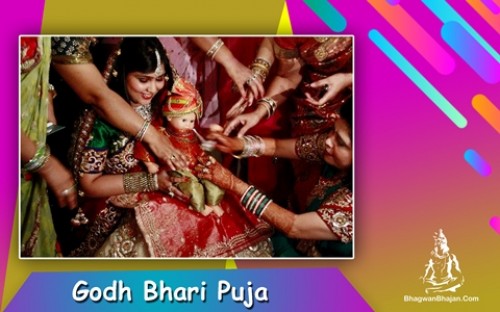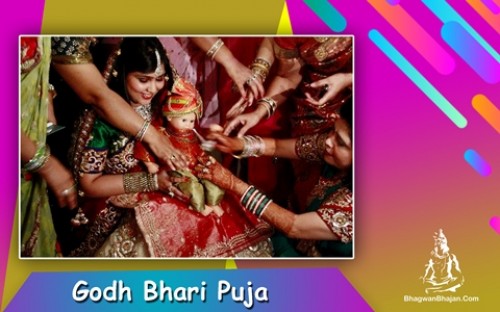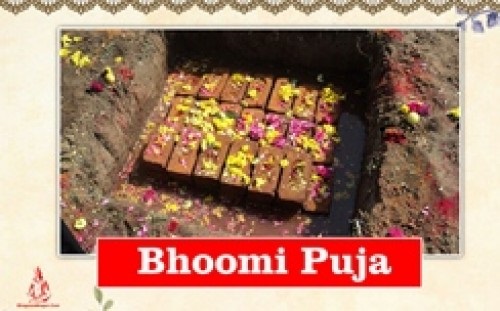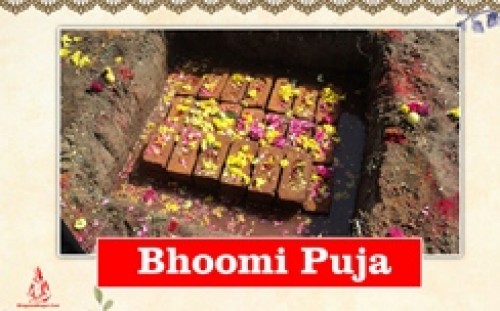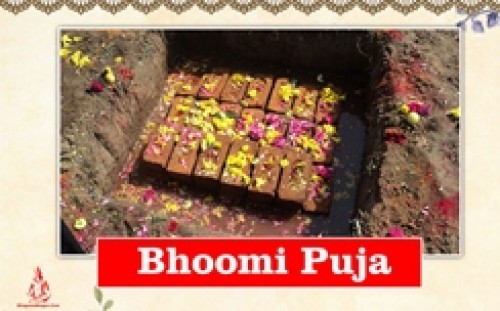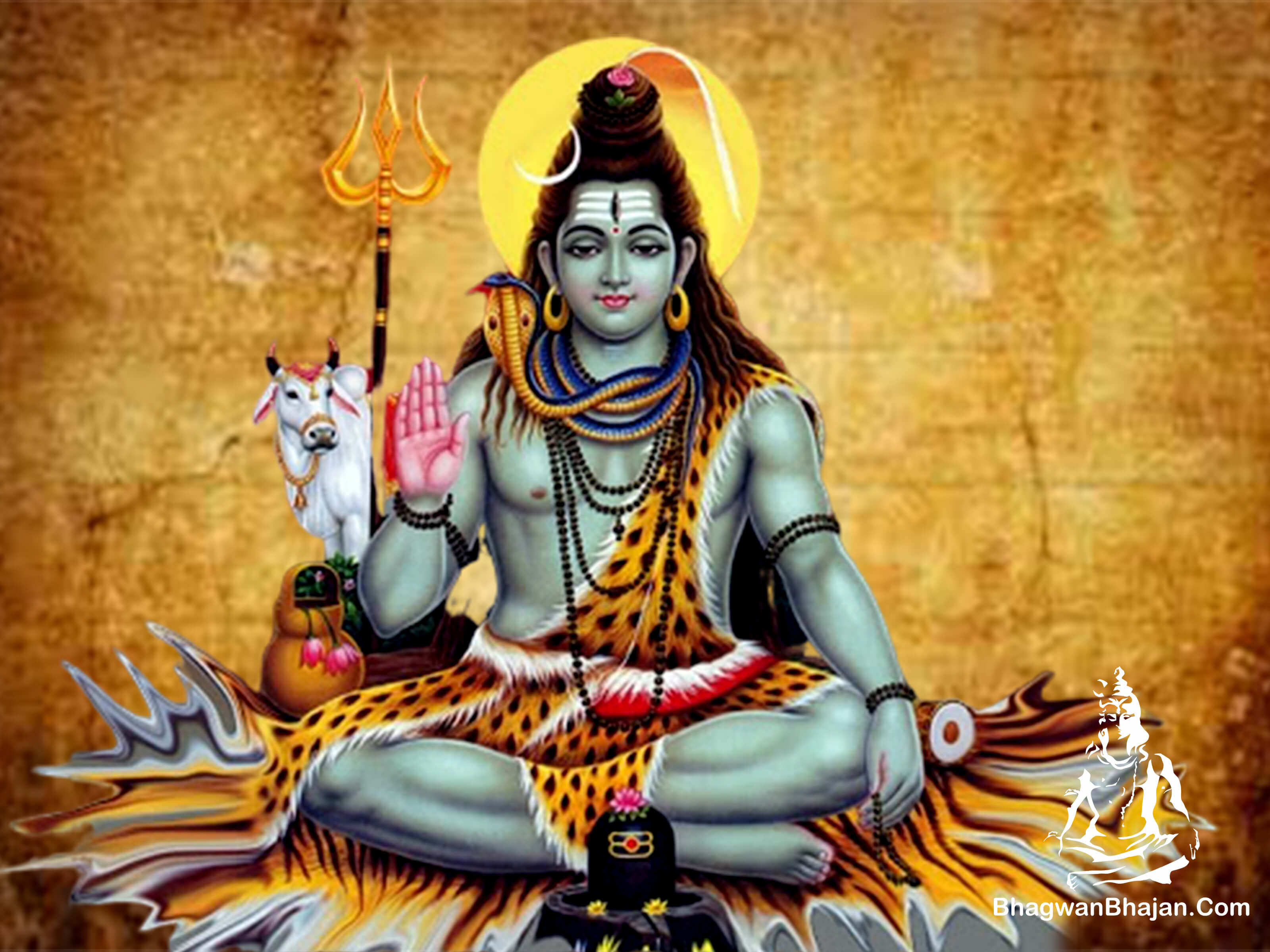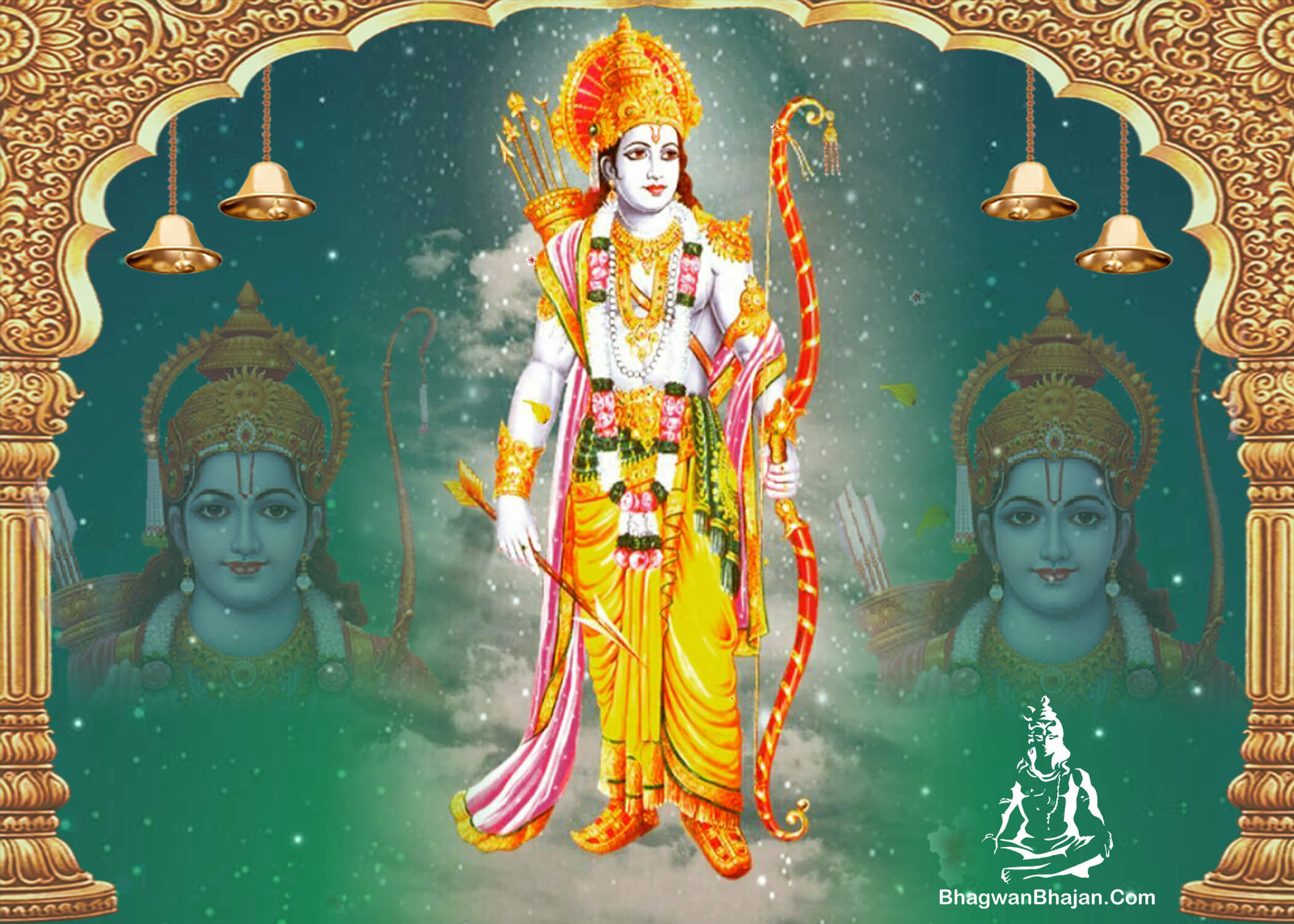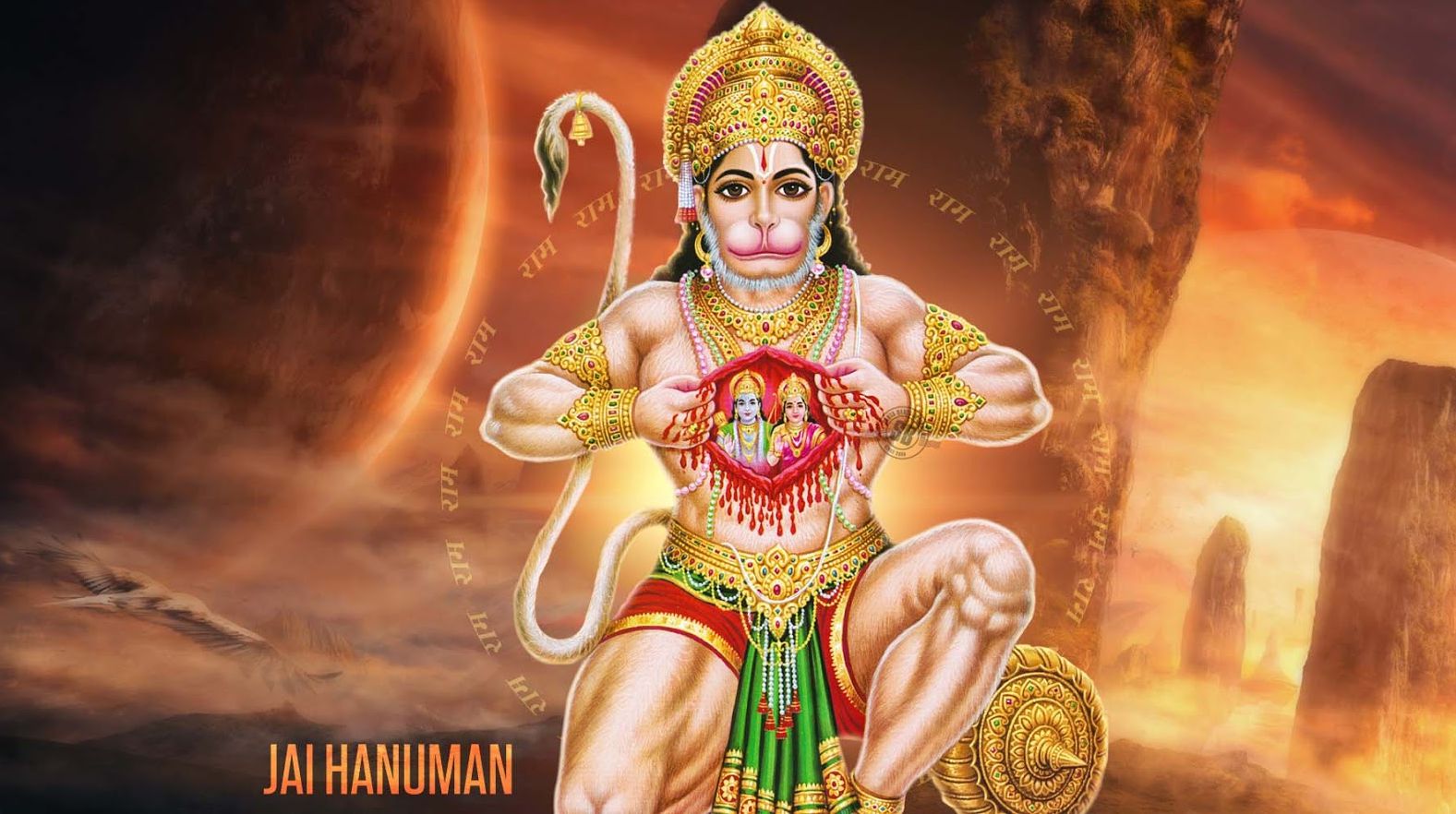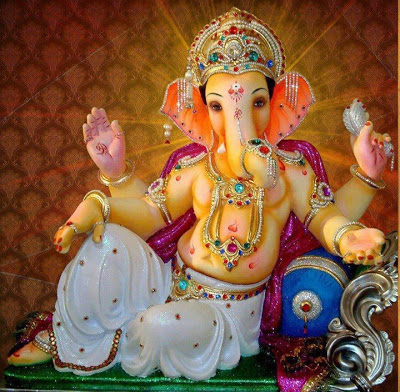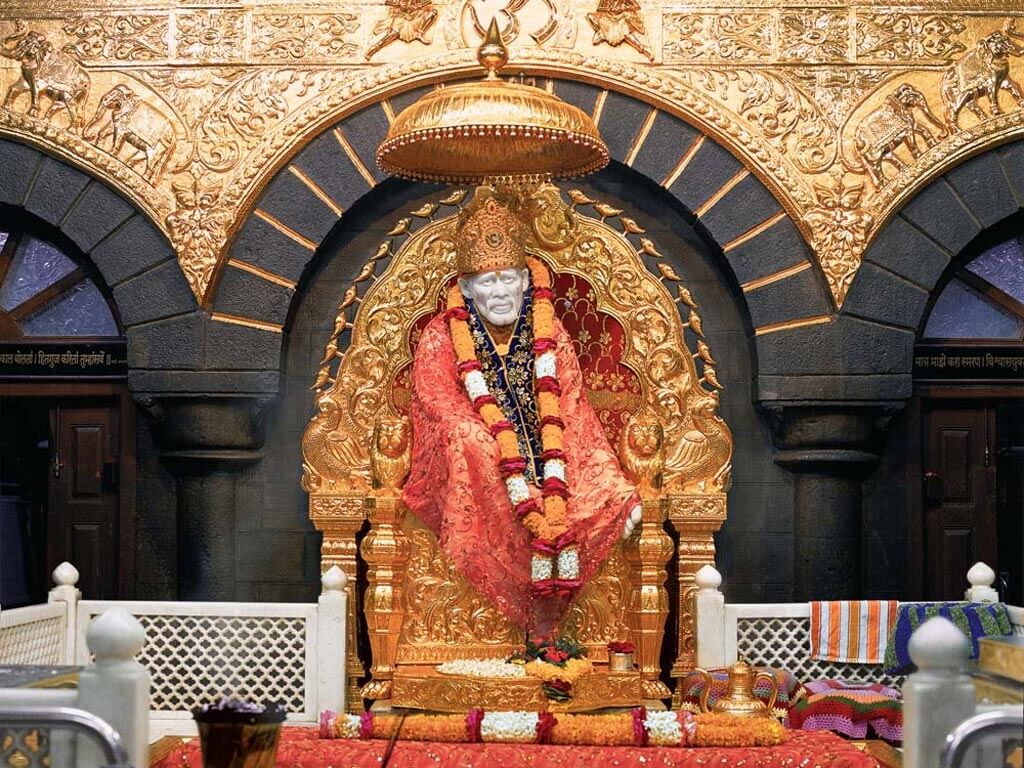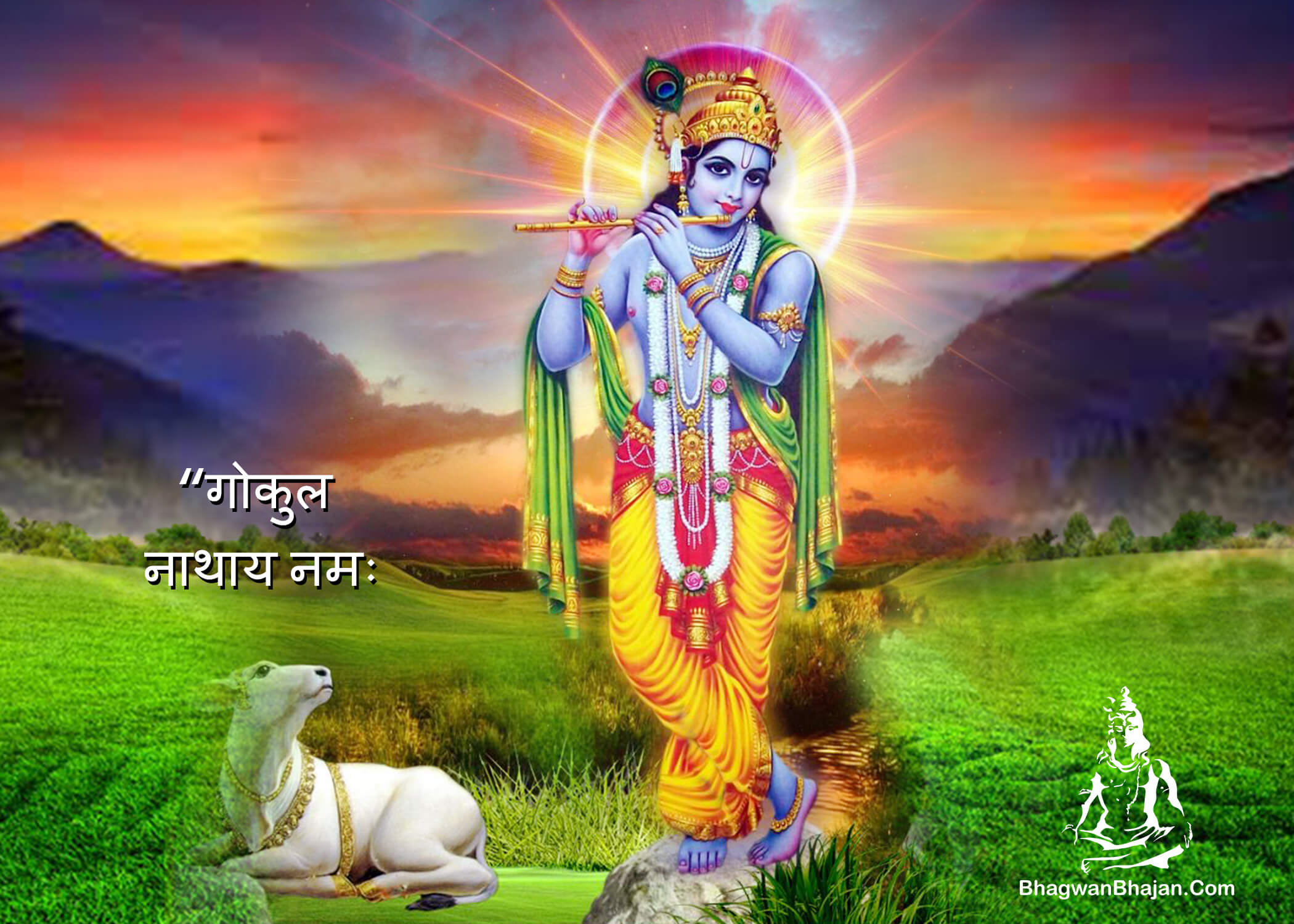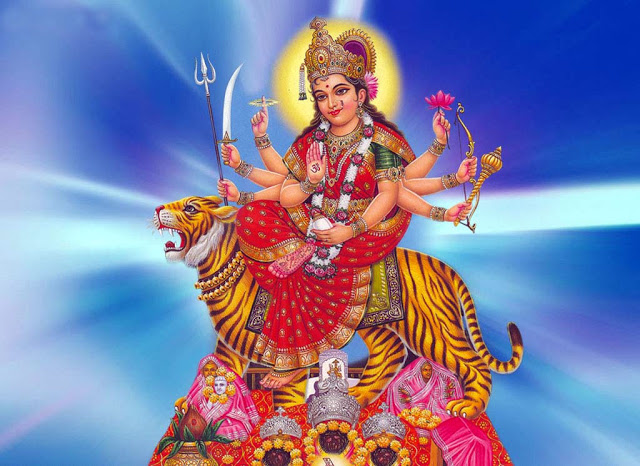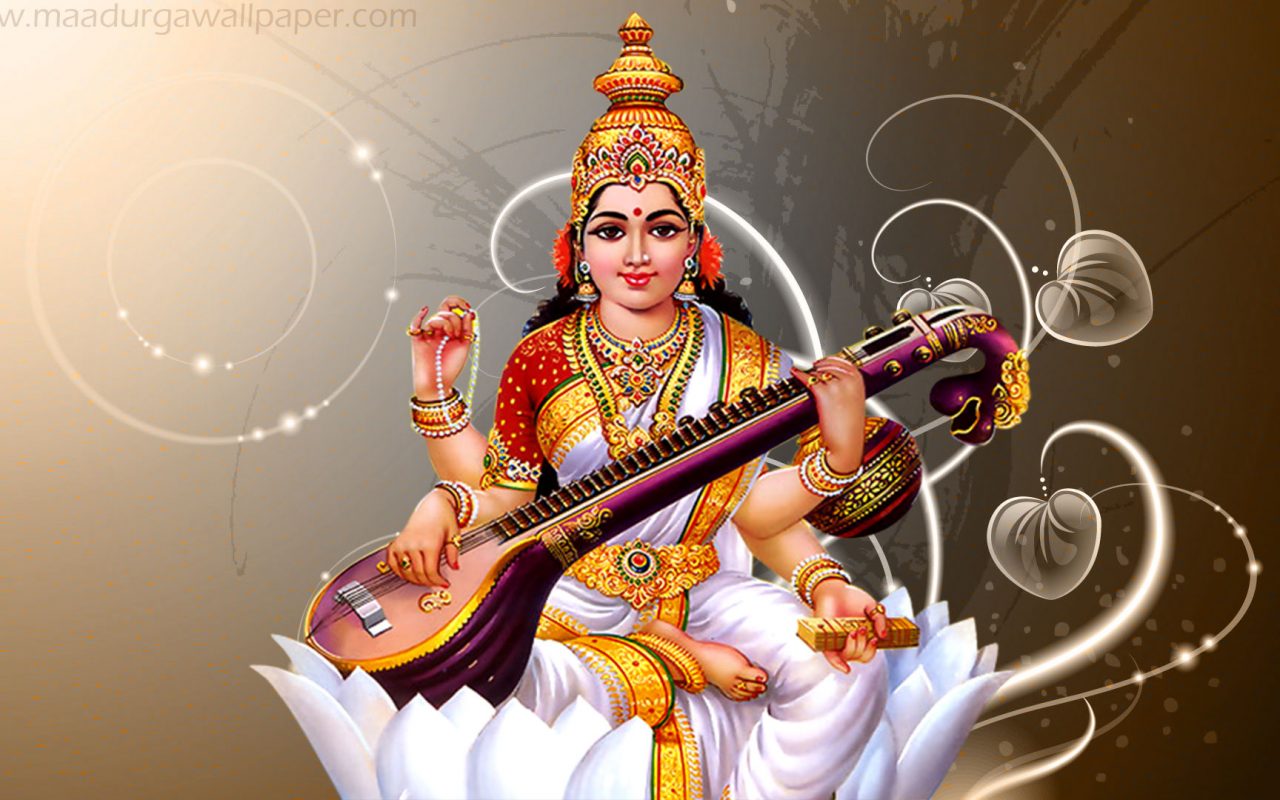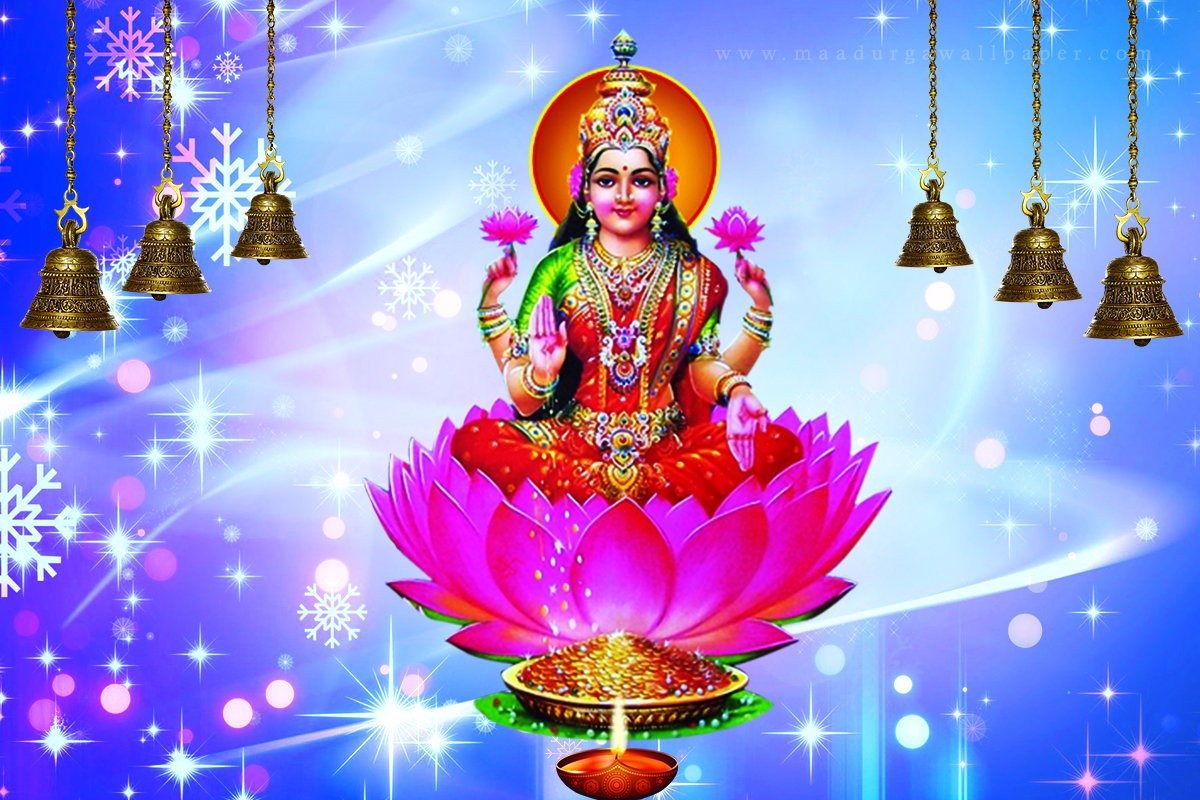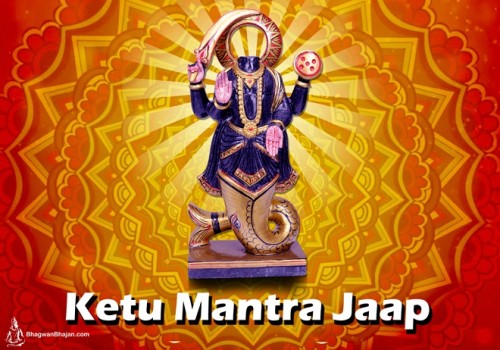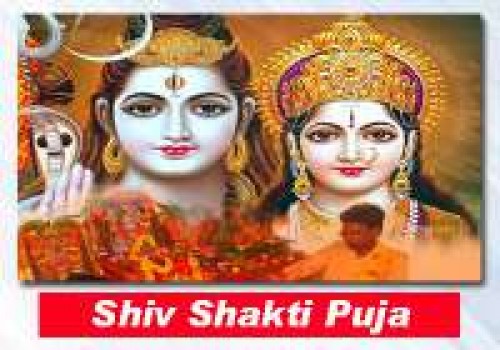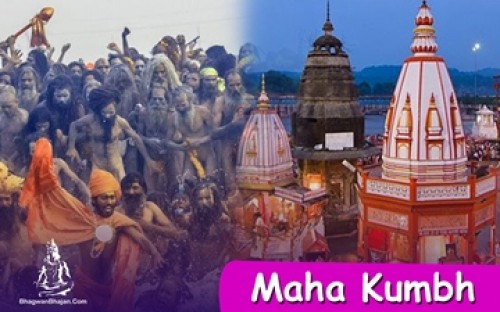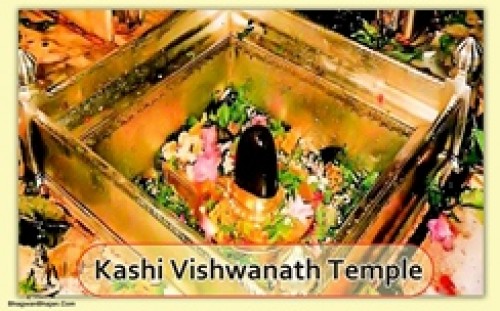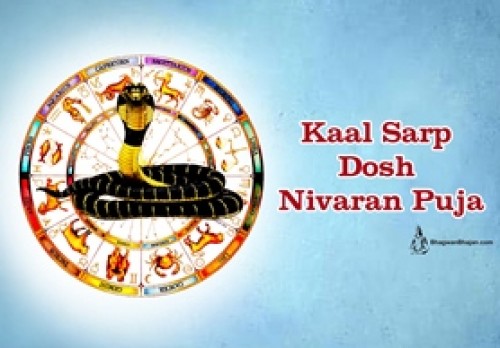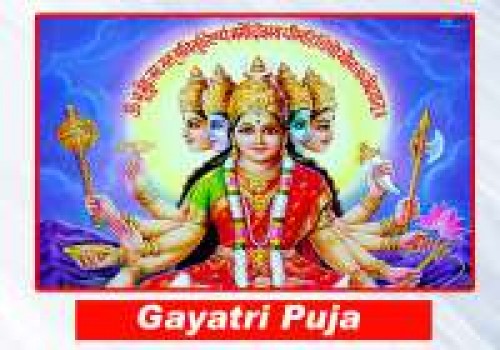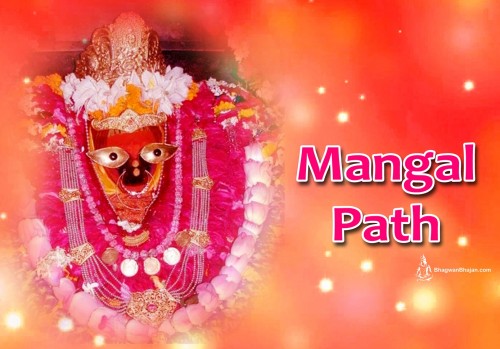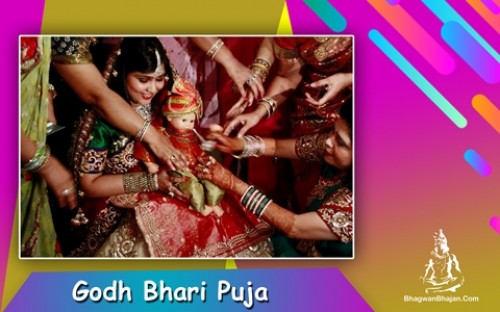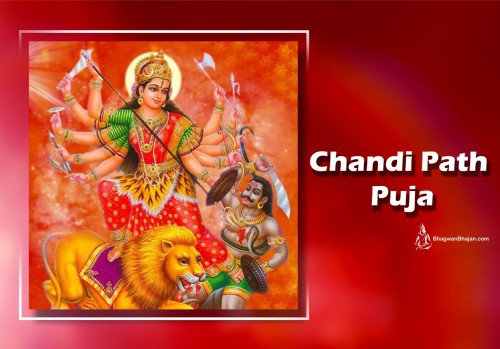Give Us Your Number, We will call You Back?
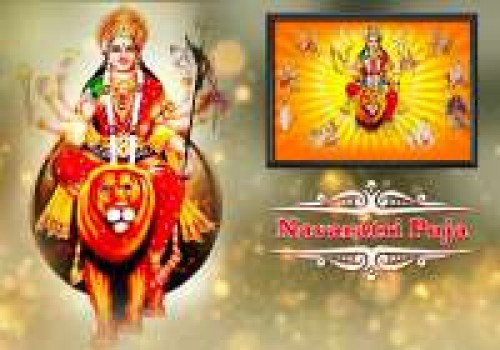

Navratri Puja
| Bhagwan - | |
|---|---|
| Category - | other |
| Service Provider - | Bhagwan Bhajan |
Navratri Puja
Durga Puja. It is celebrated with great enthusiasm and happiness. Navratri is the main festival which is mainly dedicated to Goddess Durga. Goddess Durga has 9 avtars and each day is dedicated to every one Durga Avtar. The name of nine Goddess Durga are Shailaputri, Bhramcharini, Chandraghanta, Kushmanda, Skandamata, Kaalratri, Katyani, Mahagauri and Siddhidhatri.
Navratri is a nine day festival celebrated in the month of Ashwin and often ends with Dussehra also called as Vijaydashami celebration on 10th day. Additionally, as Navratri depends on the lunar calendar, in some years it may be celebrated for 8 days, with Dussehra on the 9th. There are four similar festivals, also called Navratri, which are held at various stages of the year; however, the early autumn festival, also called Sharad Navratri, is the most significant.
Typically the festival’s nine nights are dedicated to different aspects of the divine feminine principle, or Shakti. While the pattern varies somewhat by region, generally of the first third of the festival focuses on aspects of the Goddess Durga, the second on the Goddess Lakshmi, and the final third on the Goddess Saraswati. Offering are often made to the Goddesses and their various aspects, and rituals are performed in their honour.
One popular ritual is Kanya Puja. Which takes place on the eighth or ninth day. In this ritual nine young girls are dressed as the nine Goddess aspects celebrated during Navratri and are worshipped with ritual foot washing and given offerings such as food and clothing.
Celebration include stage decorations, recital of the legend, enacting of the story, and chanting of the scriptures of Hinduism. The nine days are also a major crop season cultural event such as competitive design and staging of pandals, a family visit to these pandals and the public celebration of classical and folk dances of Hindu culture.
Significance of each day in Navratri:
The festival is associated to the prominent battle that took place between Goddess Durga and demon Mahishasura and celebrates the victory of Good over Evil. These nine days are dedicated to Goddess Durga and her Nine Avatars. Each is associated to an incarnation of the Goddess:
Day1 : Shailaputri
Known as Pratipada, this day is associated to Shailaputri (literally “Daughter of Mountain”), an incarnation of Parvati. It is in the form that the Goddess is worshipped as the consort of Shiva; she is depicted as riding the bull, Nandi, with a trishula in her right hand and lotus in her left. Shailaputri is considered to be the direct incarnation of Mahakali. The color of the day is red, which depicts action and vigor.
Day2 : Brahmcharini
Goddess Brahmcharini is another incarnation of Parvati, is worshipped. In this form, parvati became Sati, her unmarried self. Brahmcharini is worshipped for emancipation or moksha and endowment of peace and prosperity . Depicted as walking bare feet and holding a japamala and kamandalu in her hands, she symbolizes bliss and calm. The color of the day is Royal Blue which depicts calmness-cum-energy.
Day3 : Chandraghanta
The worship of Chandraghanta- the name derived from the fact that after marrying Shiva, Parvati adorned her forehead with half-chandra(lit. moon). She is embodiment of beauty and is also symbolic of bravery, and hence, the color of the day is yellow.
Day4 : Kushmunda
Goddess Kushmunda is worshipped on chaturthi. Believed to be the creative power of universe, Kushmunda is associated to the endowment of vegetation on earth and hence, the color of the day is Green. She is depicted as having eight arms and sits on a Tiger.
Day5 : Skandamata
Skandamata is the mother of Skand (Kartikeya). The color grey is symbolic of the transforming strength of a mother when her child is confronted with danger. She is depicted riding a ferocious lion, having four arms and holding her baby.
Day6 : Katyayani
Born to sage, Katyayani, she is an incarnation of Durga and is shown to exhibit courage which symbolized by the color Orange. Known as the warrior Goddess, she is considered one of the most violent forms of Goddess Parvati. In this Avtar, the Devi rides a lion, and has four hands.
Day7 : Kalratri
Considered the most ferocious form of Goddess Durga. Kalratri is worshipped on day 7th. It is believed that the Parvati removed her fair skin to kill the demons Sumbh and Nisumbh. The color of the day is white. Her skin turns black.
Day8 : Mahagauri
Mahagauri symbolizes intelligence and peace. The color associated to this day is Pink which depicts optimism.
Day9 : Sidhidatri
On the last day of the festival which is called Navmi , we worshipp to Goddess Sidhidatri. Sitting on a lotus , she is believed to possess and bestows all type of Siddhis. She has four known. She is also known as Saraswati Devi.
Importance of Navratri Puja:
- Navratri is revered to show utter devotion and respect to Goddess and thus recognized with full devotion, passion, love and enthusiasm all over the country.
- In North India, the nine day festival Chaitra Navratri is observed to celebrate the victory of Rama aver Ravana. During the festival, people dress up in traditional clothing , observe fasts and offer prayers.
- Being one of the celebrated and distinguished religious occurrences for Hindu community, the festival has become the most religious holy occassion.
